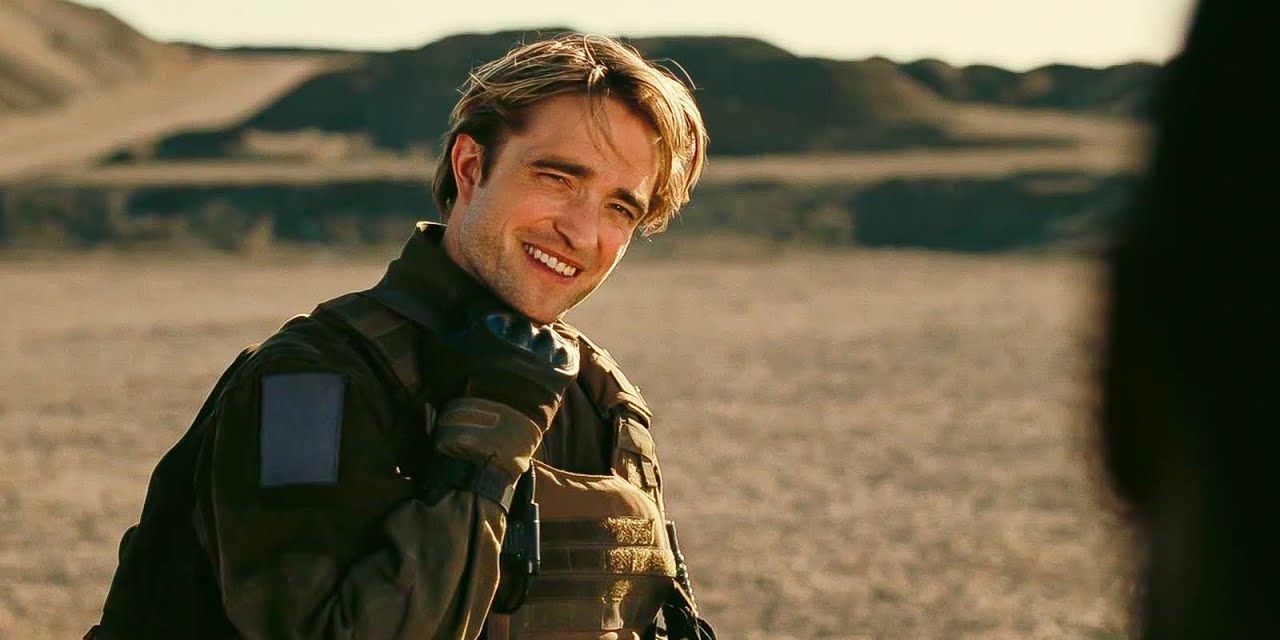Is Neil really dead at the end of Tenet or can his death be undone? It's a complex one but it's a big query after the film, especially now that the film is streaming on HBO Max. Tenet, Christopher Nolan’s convoluted eleventh film, features John David Washington (The Protagonist) and Robert Pattinson (Neil) as members of Tenet, an organization fighting a war with the future using time inversion technology. The film climaxes as The Protagonist faces certain defeat, and a corpse reanimates to unlock a gate, allowing The Protagonist to retrieve an Algorithm and prevent the end of the world.
In the film, after The Protagonist is recruited by Tenet, he is introduced to Neil, a British spy who will assist his mission. It is clear from the start that Neil knows more than he is letting on, even knowing The Protagonist’s favorite drink. The two quickly form a friendship and work together to stop Sator’s (Kenneth Branagh) plan to destroy the world for the future. After the aforementioned climax, The Protagonist discovers Neil with the same backpack as the corpse in the cave, sealing Neil’s predestined fate. The Protagonist confronts Neil and Neil assures The Protagonist their friendship is only beginning and there are more adventures to look forward to.
Neil’s journey in Tenet is by far the most non-linear of those in the film and provides ample opportunity to question his ultimate demise. Nolan leaves the door open to explore further adventures between Neil and The Protagonist, but Neil explicitly states that these adventures have already happened for him and that this is the end of his story. This harkens back to a theme of the film described as “what’s happened, happened.” With that in mind, Neil is definitely dead. Moreover, Neil’s death is integral to Nolan’s overall inspiration and intent for the film to be a self-contained palindrome.
For those unaware, Nolan based Tenet on the “Sator Square,” a five-word square of palindromes that can be read both forwards and backwards and has been found as far back as the ruins of Pompeii. The words Sator, Rotas, Tenet, Opera, and Arepo all factor into the plot of the film as well as supporting the central theme of the film as a cinematic palindrome, which both moves forward and backward in time. Neil’s death brings his relationship with The Protagonist to an end, just as The Protagonist’s relationship with Neil is beginning. Nolan would never undercut a central theme to tease a character’s survival.
Neil’s survival would also undercut the build-up to The Protagonist’s discovery of Neil’s sacrifice. This moment is set up within the first sequences of the film when The Protagonist is saved by a mysterious figure sporting the same backpack that is revealed to be Neil’s at the end of the film. Obviously, this sacrificial action was meant to hold significant weight as a core element of Tenet’s climactic ending. Consequently, this gives additional rationale to believe Neil’s death is concrete. Neil’s survival would only undermine this climactic moment and subsequently make the overall narrative less effective.
Finally, “what’s happened, happened,” is a phrase at the heart of the film as well as one innately linked to Neil’s character. Neil is the character who consistently maintains The Protagonist’s timeline. Every event from Neil saving The Protagonist in the beginning to allowing The Protagonist’s inverted self to escape to getting back on the helicopter to ensure he is there to open the gate is crucial to guaranteeing The Protagonist stays on course. Neil’s sacrifice is part of his duty to his friend and understands there is no changing his fate. Neil’s death in Tenet, essentially a fixed point in time, is the end of his story, however, the beginning could still be told in a sequel.


